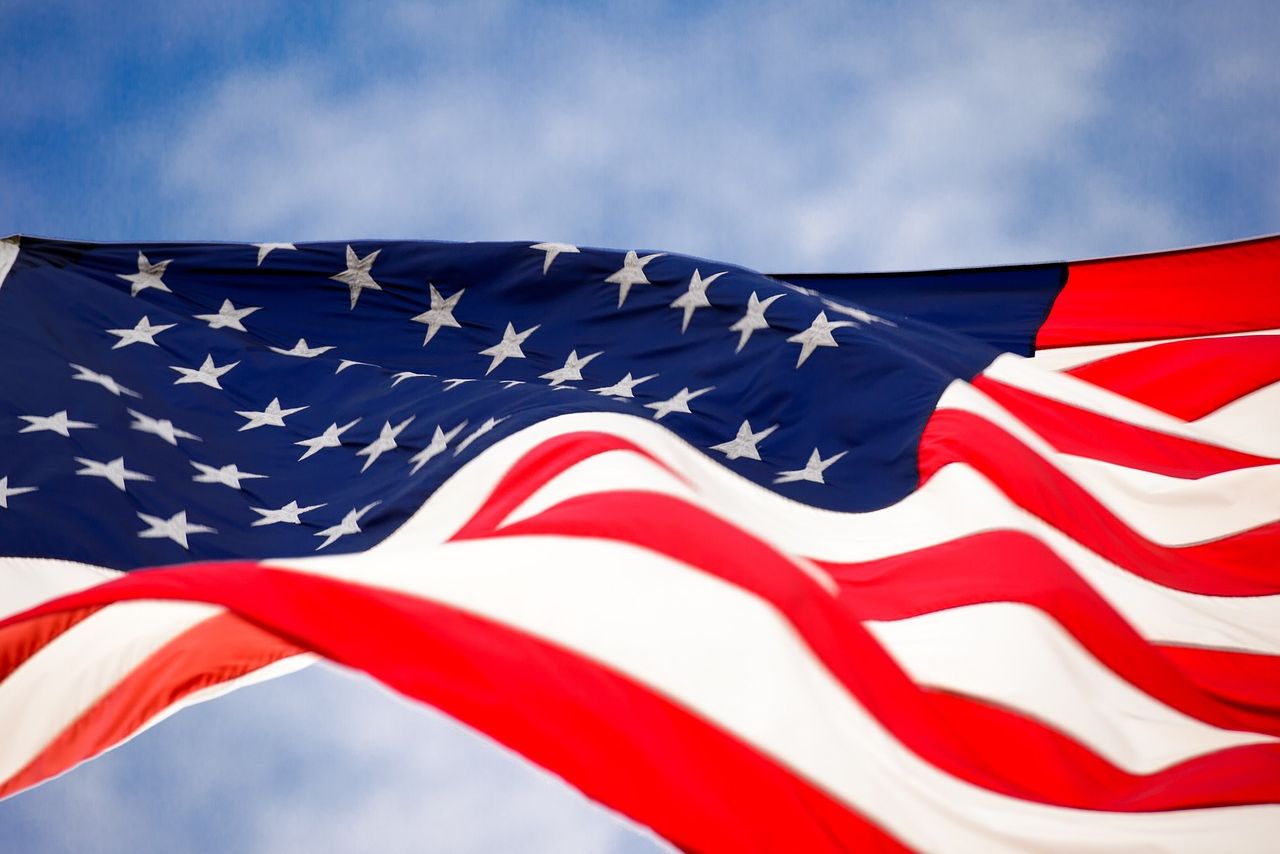
In the first part of this article we looked at three of the bigger foreign holidays and how they can
relate to our English-teaching classrooms. Let’s continue that by looking at three more and
seeing if we can help spread some excitement or at least cultural knowledge to our students!
St. Patrick’s Day
Somewhat surprisingly St. Patrick’s Day, the popular world celebration of Irish heritage, does
have a rather large festival in Harajuku, Tokyo. For English teachers of Irish backgrounds, this is
a good chance to talk about your home. For others, however, you can still get students
interested by wearing green and perhaps discussing the unusual green beer/river tradition.
Thanksgiving (US) & Black Friday
As huge as Thanksgiving is for the average American, in truth the holiday is virtually unknown in
Japan. Perhaps with good reason: you’ll be hard pressed to find a whole turkey in Japan, let
alone an oven large enough to cook it in. Instead, the holiday has become almost entirely Black
Friday; the Japanese love shopping and holidays are only widely promoted if the stores can use
them to make a buck (see White Day).
There actually is a Japanese ‘Thanksgiving’ holiday, although it’s largely bereft of any character
or tradition whatsoever. A good teacher may be able to use this as a jumping off point to
compare Thanksgiving traditions back home.
The 4th of July
For obvious reasons, this holiday has no significance in Japan. The modern Japanese are
raised, as far as I can tell, with very little in the way of national pride or patriotism and therefore
most people do not even recognize Japan’s own Independence Day (February 11th). This can
work to your advantage, because students are usually very interested in the idea of American
national pride and how Americans love to use the red, white, and blue colors in their
celebrations.
Valentine’s Day
I’m including this one last because this holiday is already very strongly ingrained in the
Japanese culture. For Americans though, there are some important differences. Valentine’s
Day is when women give to men, and the opposite happens exactly one month later on the
uniquely Japanese “White Day”. Both of these are, in the workplace, rather more like a
begrudging social transaction (in fact there is a precise price ratio of v-day gift given to white
day gift returned…).
A good way to bring some real, foreign Valentine’s character to your classroom is by wearing
pink/red and using it as a way to talk about differences in the holiday and in couples between
the two cultures. As for giving chocolates: be careful and professional to make sure you’re not
giving off the wrong impression!


